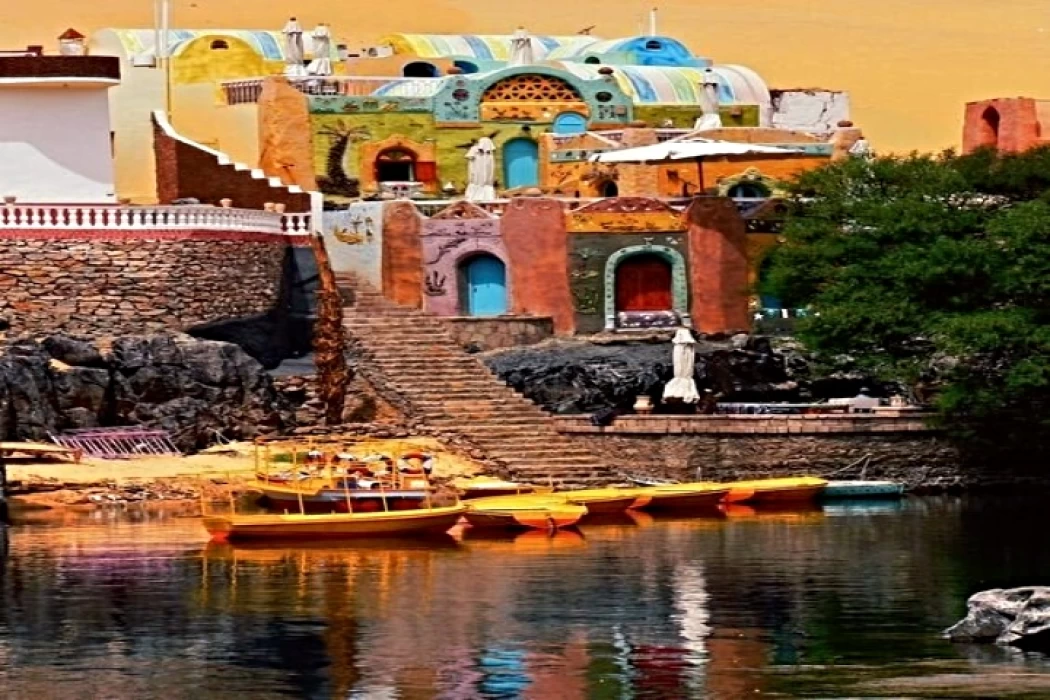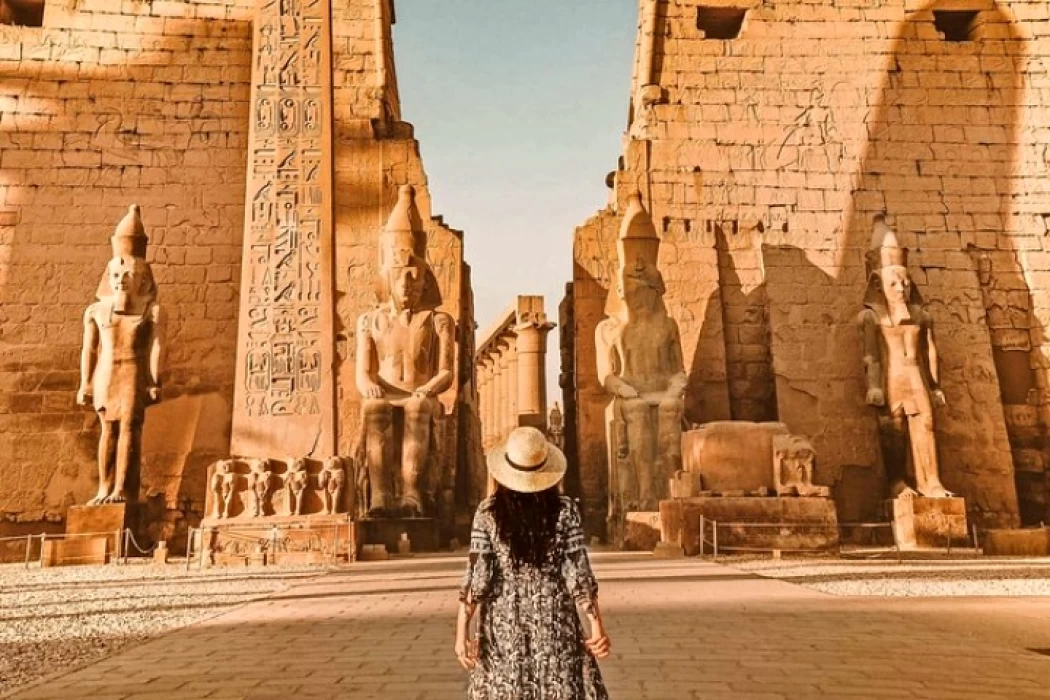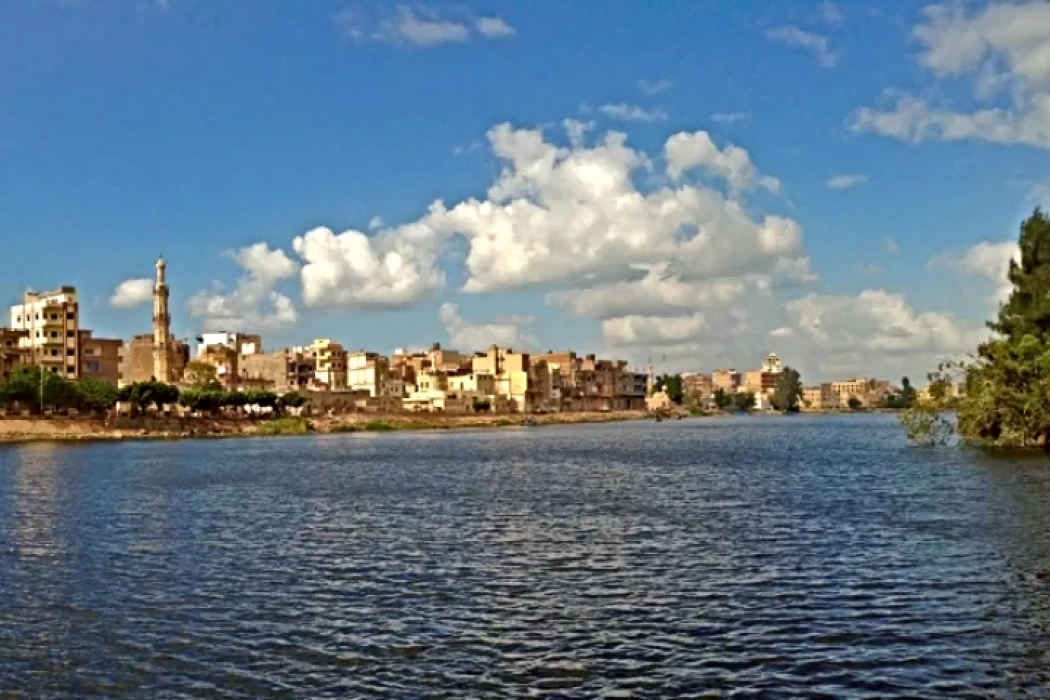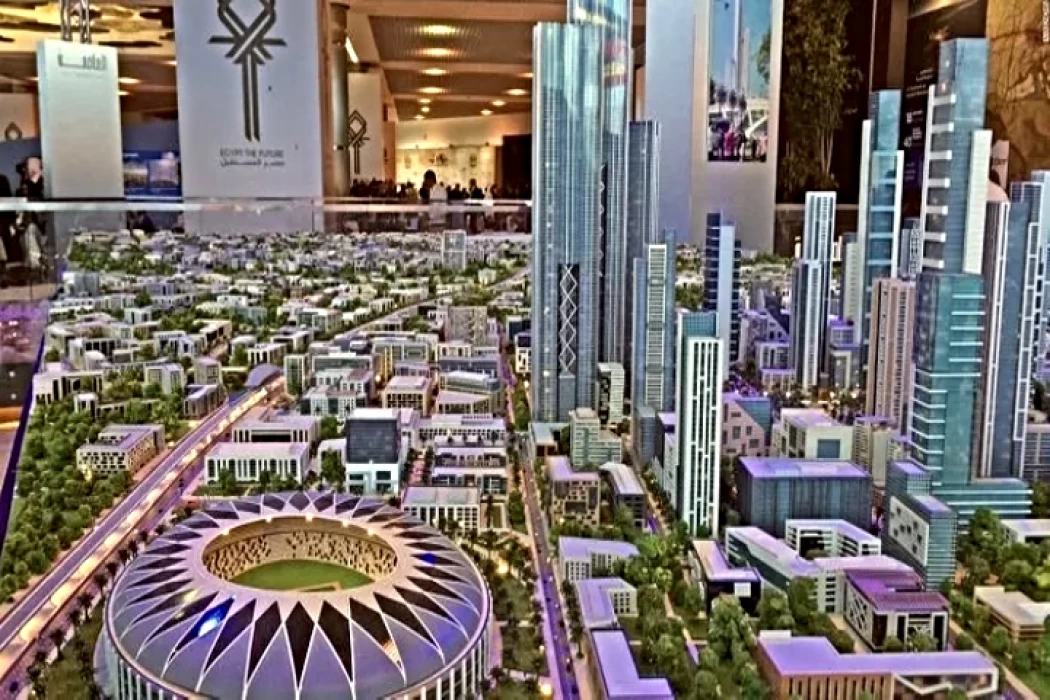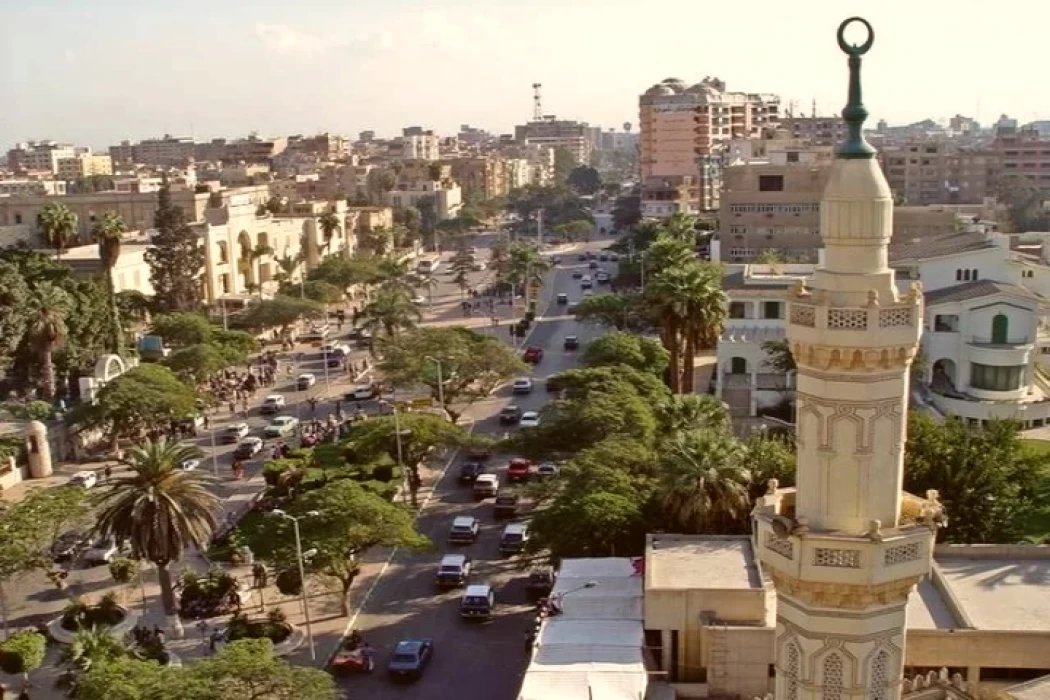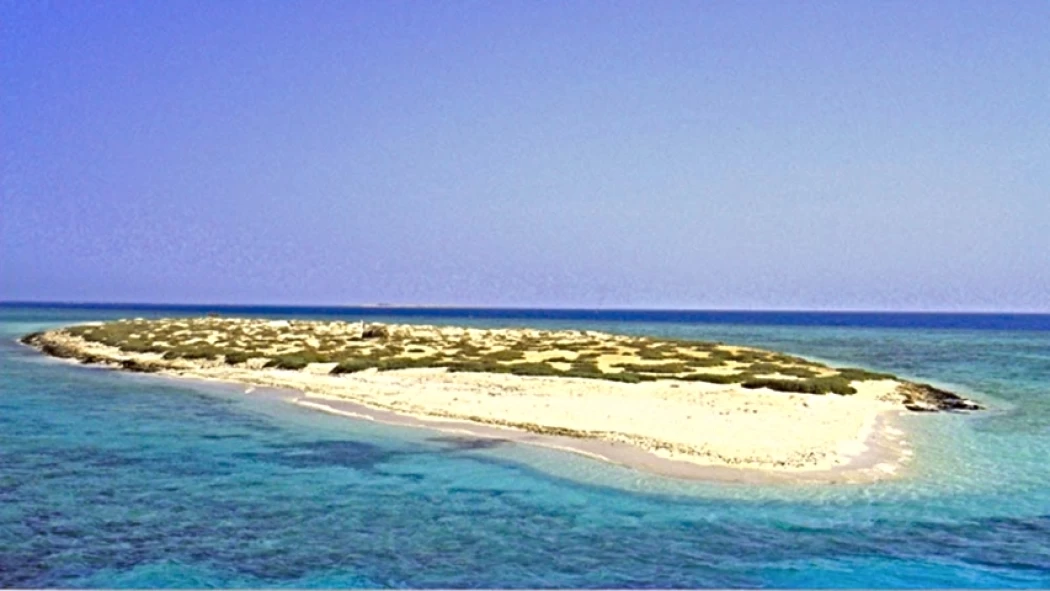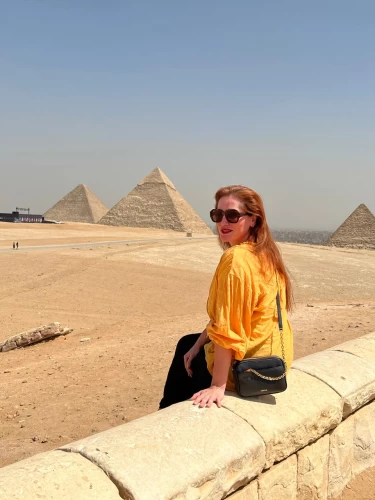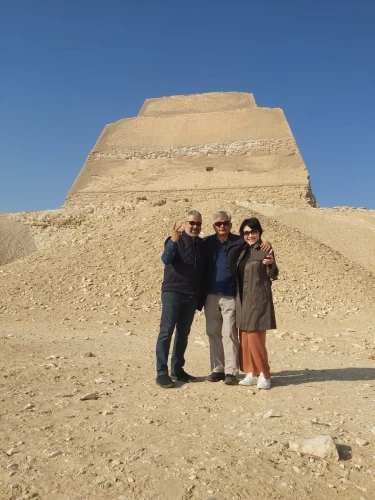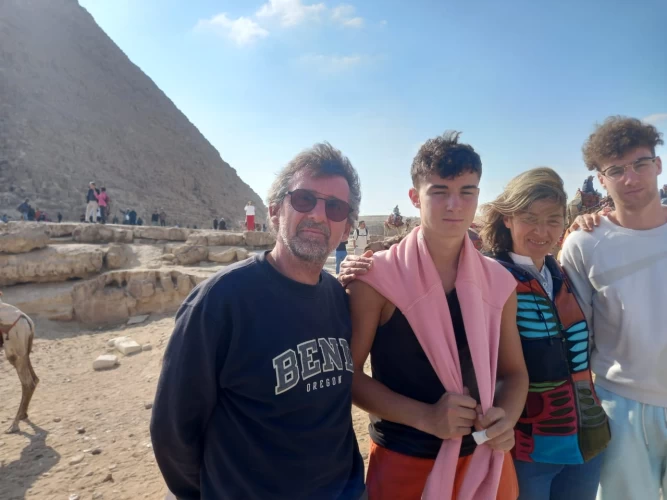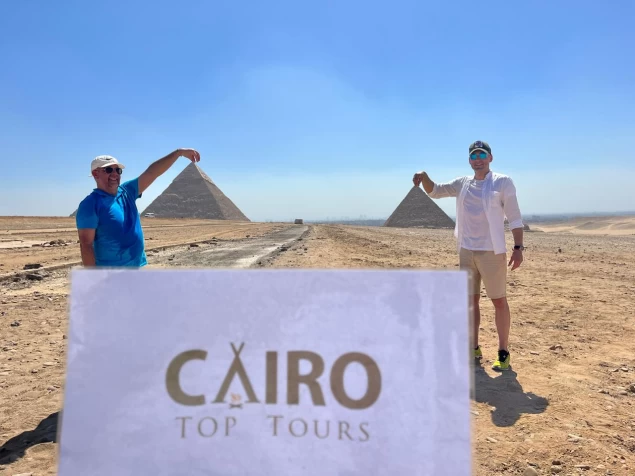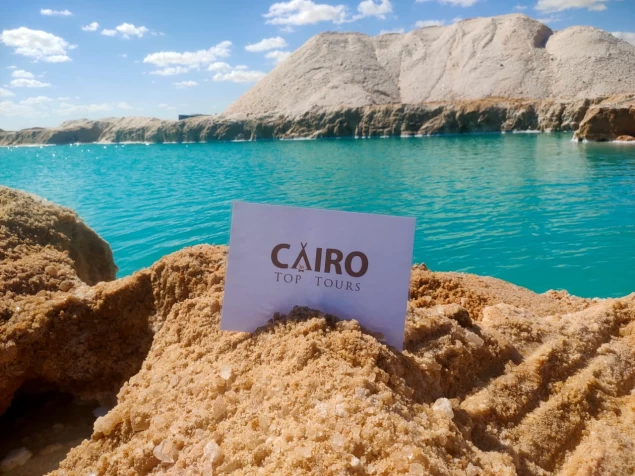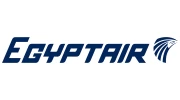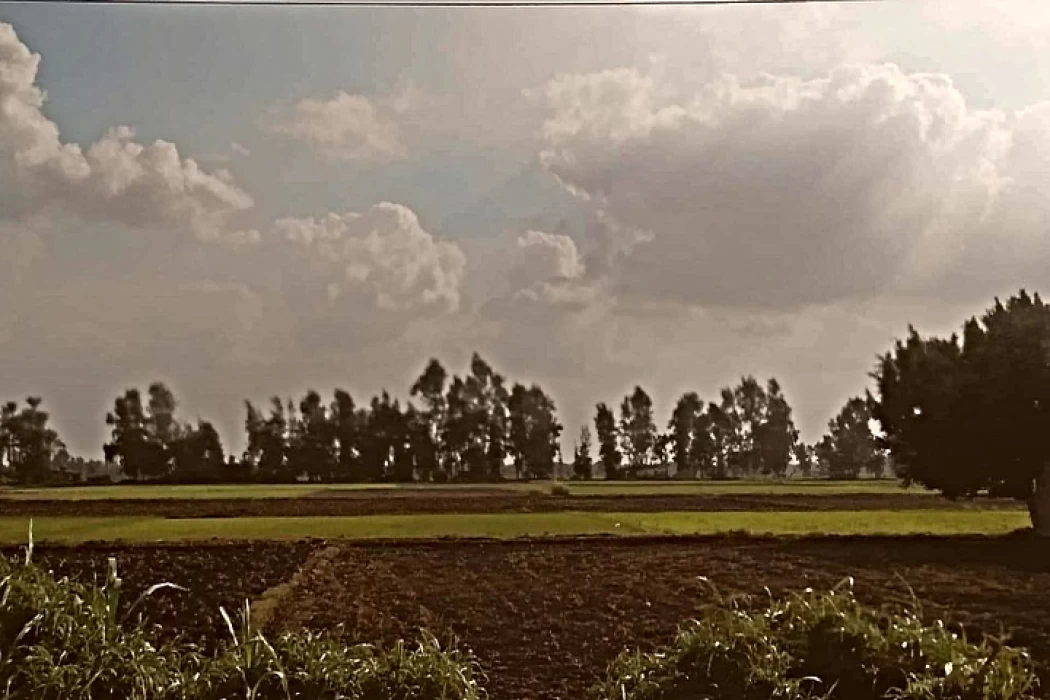
History of Al Sharqia Governorate Egypt
Details about Al Sharqia Governorate Egypt
With a geographical size of 4,911 km² and its seat in Zagazig, the Sharqiya Governorate is one of the governorates of the Arab Republic of Egypt. The 10th of Ramadan is the largest city in the province, and the 9th of September is annually observed as a national holiday. Because it is said to have been the birthplace of several prophets, peace be upon them, the great companions, and certain historical, political, and military figures, the governorate has religious and historical significance.
Geographical Nature
From a geographical standpoint, Sharqiya Governorate is located in the northeast of the Arab Republic of Egypt. The northern side has borders with Port Said and Dakahlia governorates, while Ismailiya is to the east, Cairo and Qalyubia are situated to the south and Gharbia is located to the west.
Administrative division
Sharqiya Governorate comprises seventeen cities, two districts and thirteen centers including Abu Hammad City, Bilbays City, Mashtoul Al-Souk City, Zagazig City, New Salhiyah City, Kafr Saqr City, Tenth of Ramadan City, Awlad Saqr City, Minya Al-Qamh City, Husseiniya City, San Al-Hajar City, Faqus City, Qanayat City and more.
Sharqiya Governorate is one of the largest Egyptian governorates in terms of population in the second degree, with a population of eight million people, according to 2006 statistics, and the official language of the population is Arabic, and the population religion is Islamic and Christian.
Economy The economy of Sharqiya Governorate depends on: The industrial sector represented in the wood industry, the garment industry, embroidery workshops, large farms, companies, the tourism sector, especially cultural tourism, religious tourism, archaeological tourism, and sports, as the governorate has the Zagazig football stadium, horse sports and breeding, and hockey.
Archaeological Landmarks Archaeological and historical landmarks located in Sharqia Governorate:
- The archaeological city of San al-Hajar.
- Mosques like: Zagazig University Mosque, Al-Fath Mosque, which is one of the largest mosques in the governorate, Al-Quds Mosque, Al-Aydarous Mosque, and the Grand Mosque.
- Museums like: Tel Busta Museum, located in Zagazig city, and the Museum of Leader Ahmed Orabi, located in the village of Hiryat Razna.
- Churches like: St George's Church and St Paul's Church located in Al Sagha. The statue of the heroic leader Ahmed Orabi in front of the railway station.
- Pharaonic obelisk.
- Archaeological areas such as: Tel Pharaon area, Tel El Dabaa area, Belbeis area, Sefat El Hanna area, Abu Amran area, and Al Sawra area.
- The Nine Qanatirs. Statue of the Unknown Soldier.
- Palm Road.
- Zagazig University Hospital.
- Zagazig University.
- Faculty of Human Medicine.
- Taraa Al Qanayat Street.
- Sadat School.
- Train Station Clock.
- The National Bank.
- Pharmacists' Towers.
Latest Articles
Admin
Aswan Governerate in Egypt
Aswan was known as ‘Sonu’ in ancient Egyptian times, meaning market, as it was a trading centre for caravans coming to and from Nubia. In the Ptolemaic era, it was called ‘Sin’ and the Nubians called it ‘Yaba Swan’. It was also known as the Land of Gold because it served as a great treasure or tomb for the kings of Nubia who lived there for thousands of years. Before the migration, Aswan's borders extended from Asna in the east to the border of Sudan in the south, and its inhabitants were Nubians, but after the Islamic conquest of Nubia, some Arab tribes settled there.
Admin
About Luxor Governorate in Egypt
The South Upper Egyptian area is home to the Egyptian governorate of Luxor. Its capital is Luxor, which was formerly Thebes, the capital of Egypt throughout multiple pharaonic eras. Its centers and cities are spread over both sides of the Nile River. The said governorate was established by Presidential Decree No. 378 of 2009, which was promulgated on the 9th of December of that year.
Admin
History of kafr El Sheikh Governorate
Kafr El Sheikh Governorate, located in the far north of Egypt in the Nile Delta, overlooking the Mediterranean Sea, is characterised by the diversity of natural life and environments, and is one of the Egyptian cities that can be visited after the end of the first semester exams at universities and schools, as it features many diverse tourist and recreational places at symbolic prices within everyone's reach.
Admin
Egypt's New Administrative Capital
The New Administrative Capital is considered the project of the era because it reflects a perfect image of the future and progress on the economic, cultural, social and civilisational level, as the capital is considered the new capital of Egypt at the present time. The importance of the New Capital is that it is a comprehensive transformation of the future of buildings, services and national and mega projects in Egypt.
Admin
Al Gharbia Governorate
The Governorate of Gharbia is inclusive in the geographical area of The Arab Republic of Egypt which is in the African continent, more specifically in the region surrounding the Nile delta, between Damietta and Rashid governance. To the control of the region from the north is Kafr El-Sheikh Governorate, from the south Menoufia Governorate, from the east – Dakahlia, Qalyubia Governorates, and to the west is the Beheira Governorate.
Admin
Hamata Islands (Qulaan Archipelago) in Marsa Alam
Each reserve has several sectors. In Wadi El Gemal Reserve, there is one of the natural areas called the Hamata area or Hamata sector in Wadi El Gemal Reserve. Its sectors are the perfect and most ecological, land and water, and host countless animals and plants found in the oceans and on the land.
